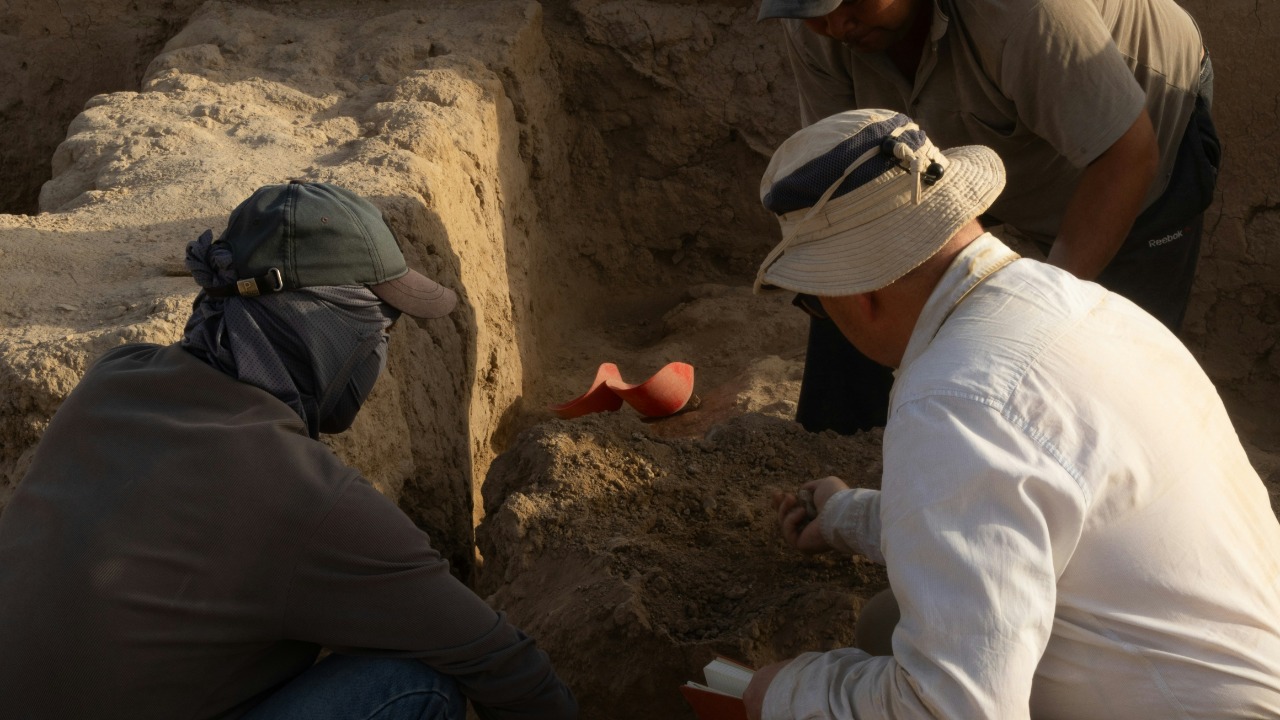
Recent archaeological discoveries have shed light on how ancient humans survived a massive climate crisis triggered by a catastrophic volcanic eruption 74,000 years ago. By studying volcanic glass, researchers have been able to piece together the survival strategies of early human populations during this period of environmental chaos, demonstrating the resilience of our ancestors in the face of one of Earth’s most severe volcanic events.
The Scale of the Eruption
The eruption that occurred 74,000 years ago had a global impact, with ash distribution and atmospheric changes felt across the entire planet. This event led to a massive climate crisis, triggering a volcanic winter and causing significant disruption to ecosystems. The magnitude of this eruption was unprecedented, dwarfing any volcanic events witnessed in modern times.
Volcanic Glass as a Key Tool
Archaeologists have used volcanic glass to trace ash layers and accurately date the crisis to 74,000 years ago. Chemical analysis of volcanic glass artifacts found at human sites has linked them directly to the eruption. This has played a crucial role in reconstructing the post-eruption environmental conditions, providing insights into the challenges faced by early humans.
Human Survival Strategies
Evidence suggests that early humans adapted to the climate crisis through changes in migration patterns, as inferred from archaeological sites. There were also shifts in resource management, with changes in diet and tool use observed amid the global cooling caused by the eruption. Genetic and population studies have shown that small human groups managed to persist despite the planet-wide effects of the eruption.
Archaeological Discoveries
Recent excavations have revealed tools and settlements from the period following the eruption. Specific artifacts that demonstrate human ingenuity during the crisis have been discovered, shedding light on how our ancestors adapted to their changing environment. Interdisciplinary methods combining geology and anthropology have been instrumental in interpreting this survival evidence.
Implications for Modern Climate Challenges
The resilience of ancient humans during the climate crisis offers lessons for today’s environmental threats. The use of volcanic glass in these studies provides models for predicting human responses to rapid global changes. Furthermore, the broader planetary impact of the eruption 74,000 years ago serves as a cautionary parallel to current volcanic and climatic risks.
Future Research Directions
Future research could expand on the analysis of volcanic glass to uncover more sites linked to ancient survival. New technologies, such as advanced dating methods, could be integrated to refine timelines of the massive eruption’s aftermath. Ongoing archaeological efforts are also focusing on mapping human dispersal in response to the whole-planet effects from 74,000 years ago.
More from MorningOverview